
BluPrint Circles: a discourse on presenting to clients and juries
Speakers DDC Architects principal Denise de Castro and WTA principal William Ti, Jr. each associated the topic with communication, de Castro comparing it to a relationship and Ti calling it a dialogue. Discussions revolved around the architects’ experiences in joining and winning competitions, their learnings in dealing with different types of clients, and what they value most with regards to ensuring that a project is relevant enough.
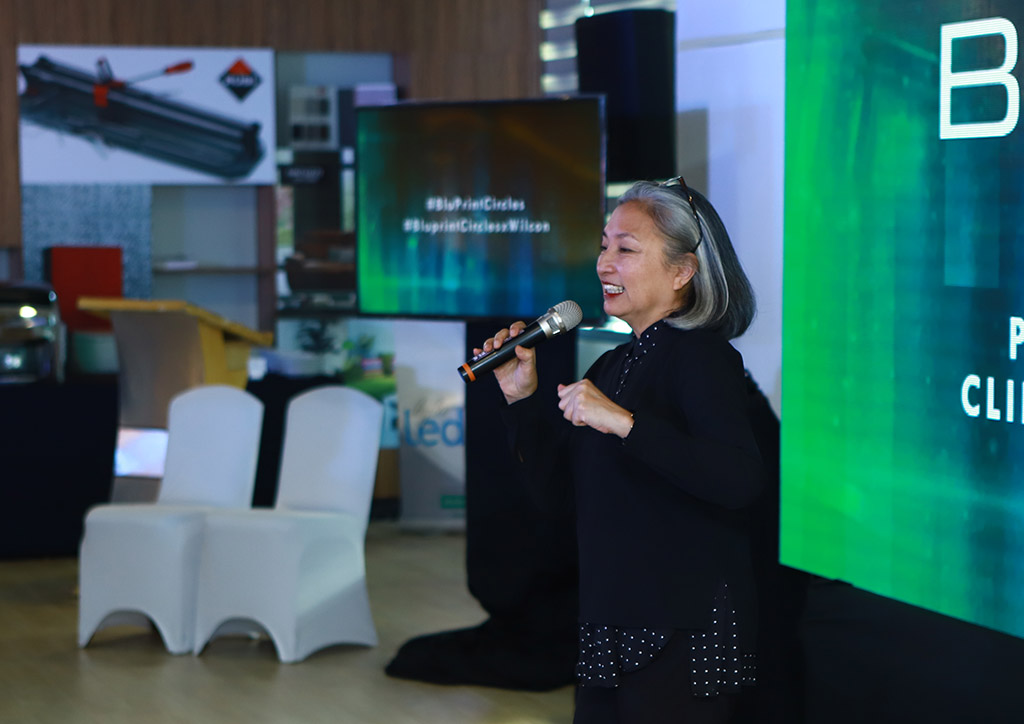
In partnership with Wilcon Depot, BluPrint held two separate talks along with an interactive panel discussion yesterday, November 28, 2019, at Wilcon IT Hub.
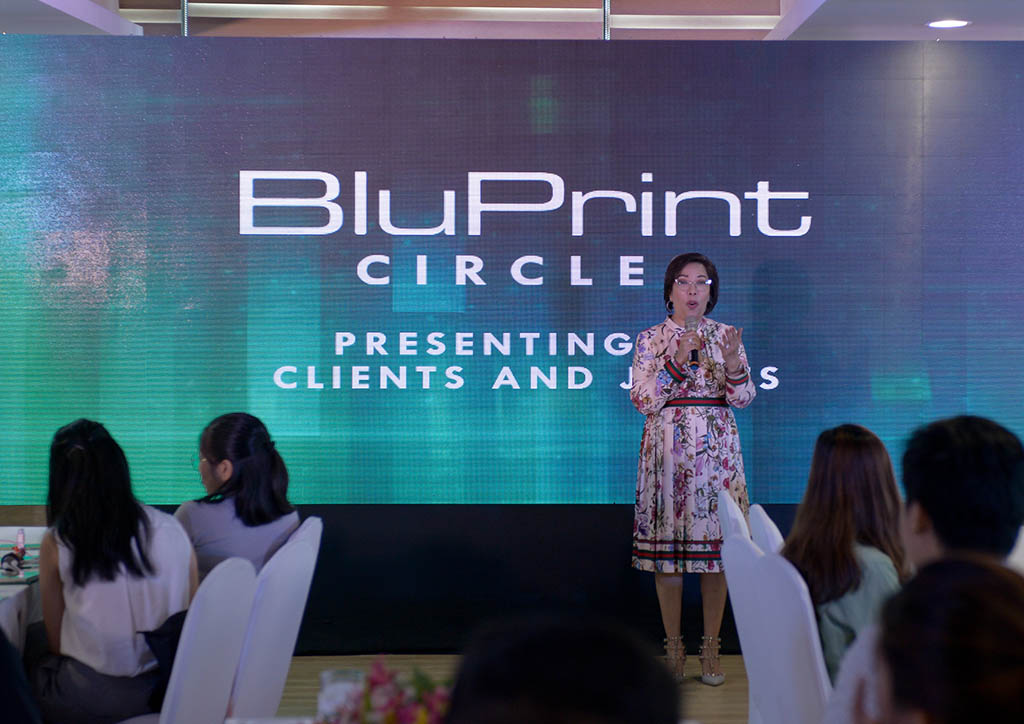
What young architects should know about
de Castro and Ti first called to young architects and designers in the audience and reminded them about the very first thing that any professional should work on: one’s self.
For William Ti Jr., desire is more important than skill and talent. “As long as you want something more than the next guy, I think you always have a shot.” He reminded audiences that as you start, it is most likely that you work alone, and it is indeed important to want and enjoy what you are doing. Ti also emphasized how new architects tend to rush into getting projects without carefully evaluating how things may turn out in the long run. “You’re worried about getting the next project to the point where you’re actually getting projects that actually don’t work for you,” he says. “Imagine working with a client who calls you every day for 3 years, leaving you with no other thing to focus on.”
In relation to Ti’s example, de Castro cited the importance of learning to recognize whether you match with the client or not. “Develop your judgment of character,” she advises. “Communicate — visually, written, personal.” She elaborated that like any other connection, it pays that you match from the beginning to be able to carry the relationship later on.

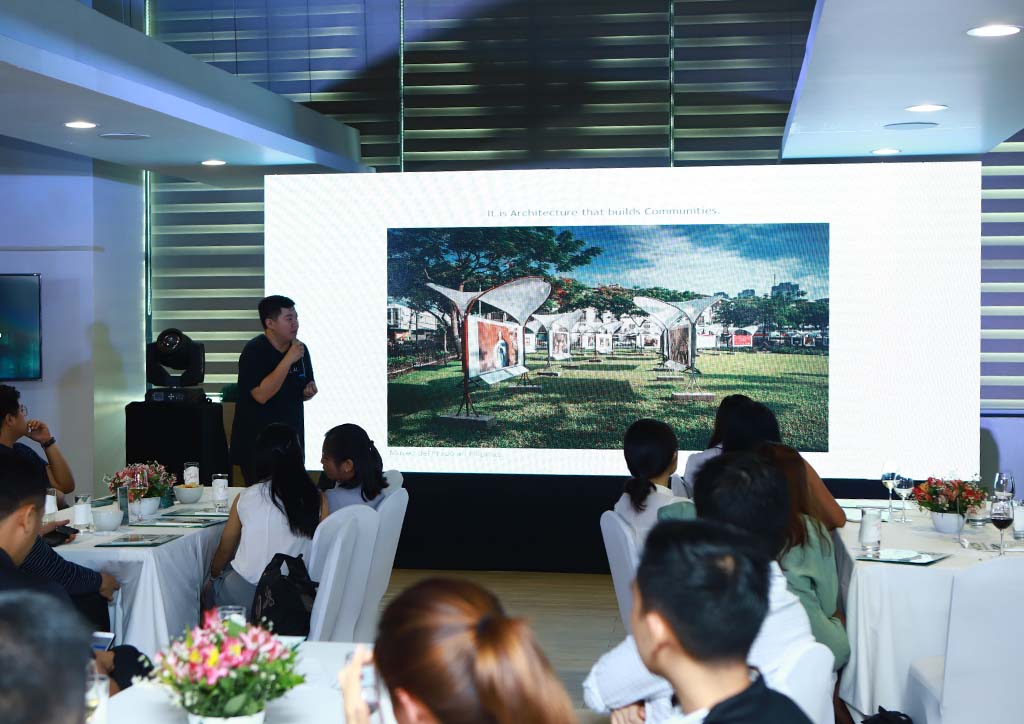
Joining and winning at competitions
Being shortlisted and winning at competitions is all about believing in your project. In relation to the constant quest for self-improvement, de Castro and Ti talked about knowing how to judge your own work first before you actually get the opportunity of presenting to clients and juries.
“It’s an investment. Knowing that your work has value and you want it to be recognized, it has to be carefully selected. You have to know what competitions to join and what specific project to submit,” de Castro shares. “I think you yourself, you know whether you’re doing something relevant or just doing a building,” Ti adds.
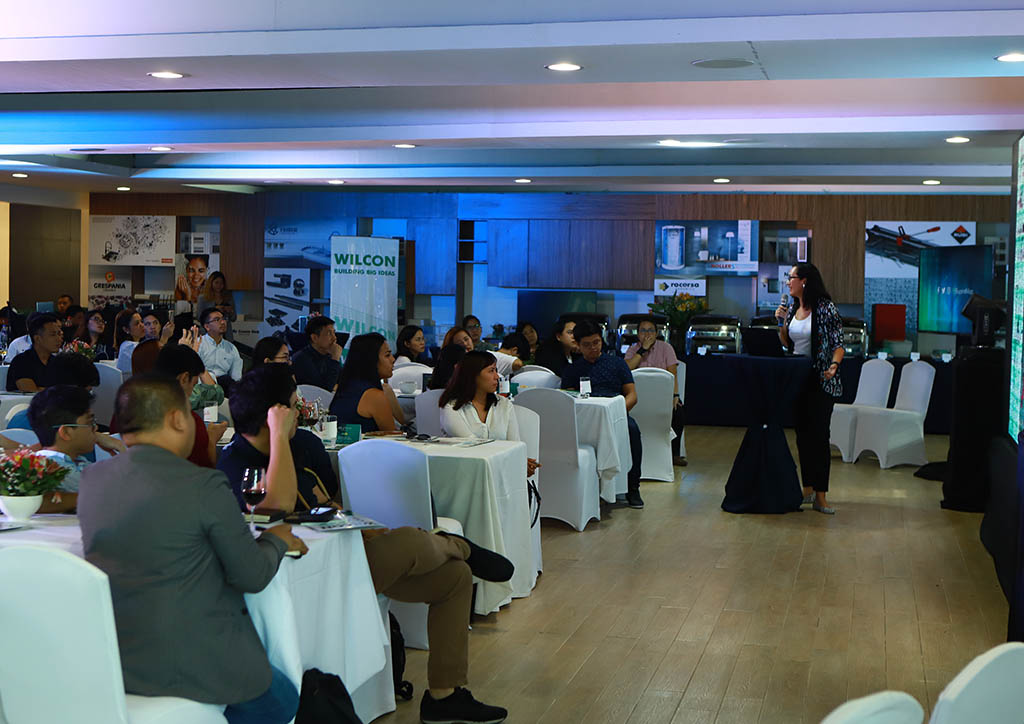

Expanding the presence of Philippine architecture
“We need to move past trying to express Filipinoness in architecture and move beyond the archives of the bahay kubo, the bahay na bato. It’s about people, it’s about the narratives that we can tell that will make our designs different. Because we are Filipinos, we have such unique landscapes and experiences that it comes out in the design. I think that is enough inspiration to create our designs without having to look at references,” de Castro claims.
“I don’t think there’s such a thing as Filipino architecture, there is Philippine architecture. Architecture made in the Philippines, done for Filipinos. It’s about how we live, where we live. That makes it Filipino, because you are addressing Filipino concerns, not because you are using bamboo or wood,” says Ti. He explains that through this “we actually hit on something that might work, there’s a bigger chance at that than having something that’s fanciful, sustainable, technological edge —which we’re never gonna get.”
The two architects share that in expanding Philippine architecture’s presence, the industry has been constantly evolving in such a way that architects, designers, and clients are moving forward together. “I think it’s also because of the lack of coming together, but we’re starting now,” Ti states. “Clients are realizing the value of being recognized as well,” de Castro adds.
What is it that really matters
For de Castro and Ti, it’s always about human centricity. It’s never about imparting to your clients what you know about design or who calls the shots. “I think architecture becomes more interesting when you are more aware of your limitations,” says Ti.
“That’s what makes this profession so interesting. We’re learning from people all the time. I think to be a good designer, you have to be a passionate learner,” shares de Castro.

Having been shortlisted and awarded at various competitions, de Castro and Ti shares that in presenting to clients and juries, it all goes back to the very first question: why am I building this? It’s not about how one presents to clients and juries, but on what is presented to them. “Architecture, after all, is a profession built with and for purpose,” says Architect Manolet Garcia.
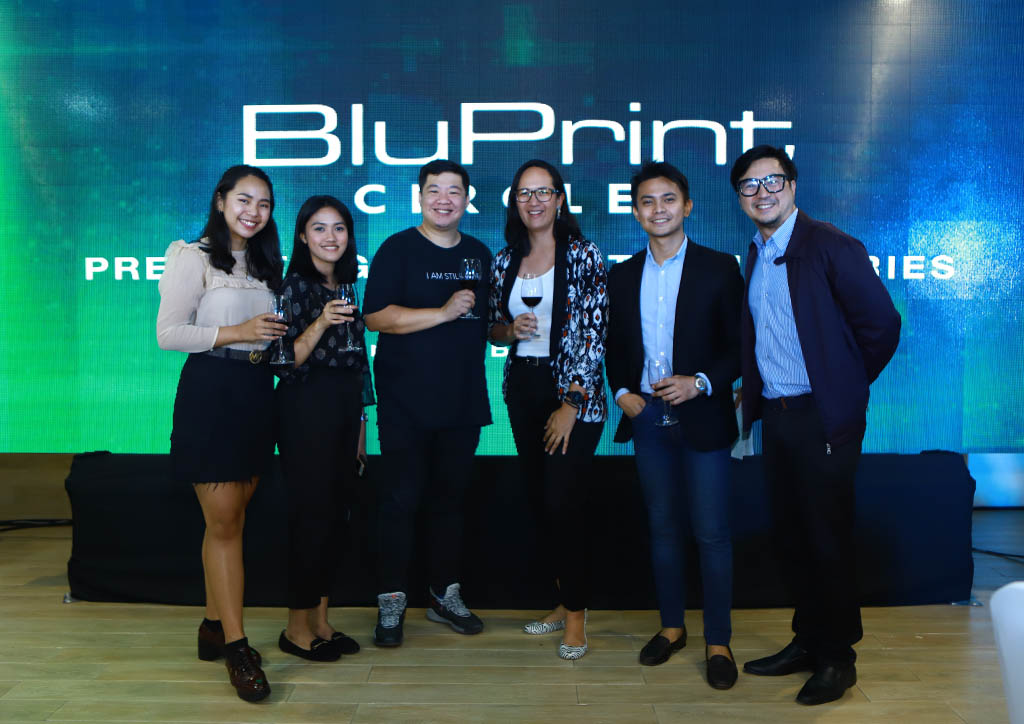
Photographed by Floyd Jhocson and Miggy Abesamis of Studio 100


